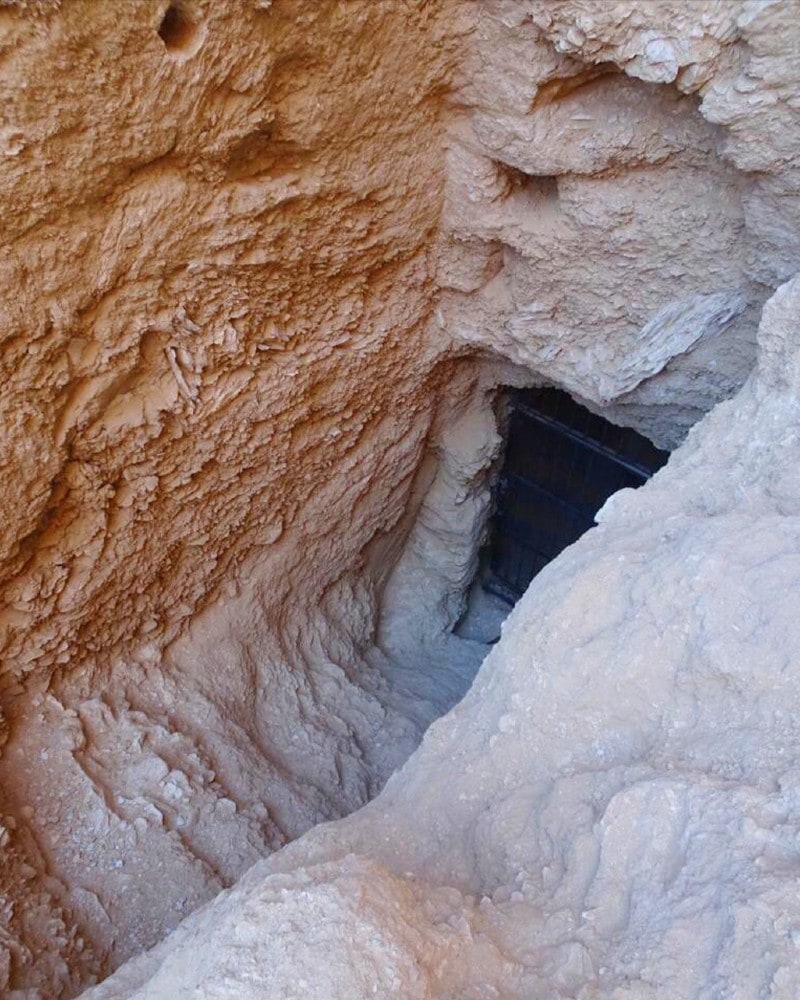During a recent excavation in Egypt, archaeologists unearthed an ancient royal tomb. Located at the Wadi Gabbanat el-Qurud, near Luxor, the 3500-year-old tomb dates from a period when the female pharaoh Hatshepsut co-ruled Egypt alongside Thutmose III.
The Excavation
A team of archaeologists from the New Kingdom Research Foundation mission and the Egyptian Ministry of Tourism and Antiquities discovered the royal ancient Egyptian tomb. The excavation and research project is affiliated with the University of Cambridge’s MacDonald Institute for Archaeological Research. The archaeologist team found the tomb in October 2022 while exploring the Wadi Gabbanat el-Qurud area near the Valley of the Kings in Luxor. The archaeologists revealed that the ceramic evidence and partial inscriptions retrieved from the newfound tomb suggest that it was constructed during the joint reign of pharaoh Thutmose III and female pharaoh Hatshepsut in ancient Egypt.
The Pharaohs

Thutmose was possibly just a two-year-old child when he became the pharaoh around 1479 B.C. His stepmother Hatshepsut acted as the regent pharaoh and later became the co-ruler of the country until her demise around 1458 B.C. During their joint reign, ancient Egypt witnessed several achievements and also the construction of many important architectures, like the temple at Deir el-Bahri. Hatshepsut was clearly a historic female pharaoh ruling ancient Egypt.
The Tomb

In the statement, the archaeologist team also declared that the newly discovered tomb contains several burials. As they said, the architecture indicates that the tomb was modified several times shortly after its first construction. The team isn’t sure about the original person for whom the tomb was built. According to the statement, surviving decorations and the size of few remaining accessible chambers suggest for now that the tomb was likely an important royal burial. Its location nearby the Valley of Kings also indicates that it might be the burial of a great Thutmosid king’s royal wife and several children. The archaeologists are yet to be sure about the exact number of human remains within the tomb.
The Condition
The archaeologist team also revealed in the statement that the tomb was likely heavily damaged by floods during ancient times. According to them, repeated flooding completely filled the tomb’s main axis with hard concrete debris, causing the ceilings to weaken over time and finally collapse. While further excavation on the area and analysis of the remains from the tomb are ongoing, archaeologists assumed that it would need several seasons to clear the internal chambers and make the tomb safe for further explorations.